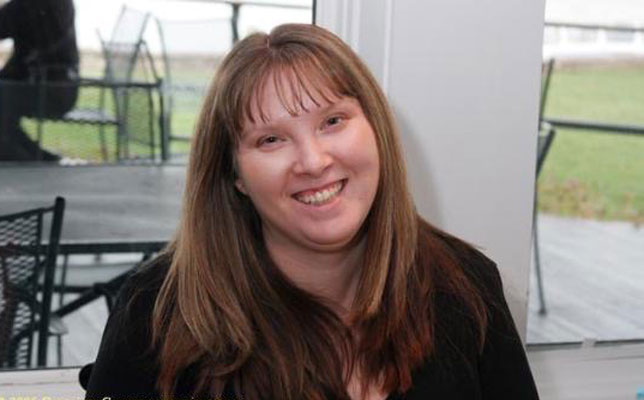This guest post is by Pamela, an adoptive mother and educator.
As a parent of two children from adoption I have done a great deal of listening and reading to become a more informed parent of adoptees.
Honestly, I have learned so much in the past twelve years. My opinions and beliefs surrounding adoption have really changed over the years.
One thing I have done for the past 12 years is “celebrate” National Adoption Month on social media each November. I post cute or maybe even informative memes and quotes.
I used to tell the story of my children’s births and subsequent adoptions. I’d post pictures of my children with their birth moms and all sorts of happy-happy images almost selling adoption to other families.
I was under the impression that National Adoption Month was a celebration of all the joys of adoption. I recently did some research about the “celebration” and thought I would share all I have learned.
 To start with it is actually “National Adoption Awareness Month”. That’s a subtle difference from the language I am used to but boy does it change the meaning and purpose.
To start with it is actually “National Adoption Awareness Month”. That’s a subtle difference from the language I am used to but boy does it change the meaning and purpose.
November is actually a month designated to raise awareness about the desperate need for adoptive families for children and teens currently waiting for families in the US foster care system because their states have been unable to safely reunite them with their biological parents or a family member.
According to The Children’s Bureau, “National Adoption Month dates back to 1976 when Massachusetts Governor Mike Dukakis announced the first Adoption Week. Governor Dukakis’ idea grew in popularity and quickly spread nationwide.
In 1984, President Ronald Reagan proclaimed the first National Adoption Week, and in 1995, under President Bill Clinton, the week was expanded to the entire month of November.”
According to Children’s Rights, “In 2017, more than 17,000 young people — whom states failed to reunite with their families or place in permanent homes — aged out of foster care, simply because they were too old to remain. In 2017, of the almost 443,000 children in foster care, more than 28,000 had case goals of emancipation or aging out after leaving foster care without a permanent family. Youth who age out of foster care are less likely than youth in the general population to graduate from high school and are less likely to attend or graduate college.
It continues: “By age 26, approximately 80 percent of young people who aged out of foster care earned at least a high school degree or GED compared to 94 percent in the general population. By age 26, 4 percent of youth who aged out of foster care had earned a 4-year college degree, while 36 percent of youth in the general population had done so.”
These statistics are the reasons behind National Adoption Awareness Month. It isn’t an awareness or celebration of the formation of families like mine who adopted newborns and infants who were voluntarily placed for adoption by their biological parents that is needed.
It is an awareness of the more than 28,000 children who are left without families. As President Clinton said in his Proclamation, “permanent homes and families are vital to giving these children the stability and sustained love they need to reach their full potential.”
So how can we, as hopeful adoptive and adoptive families, help? Well to start, we can listen to adoptees and learn about their experiences. We can remember National Adoption Awareness Month is not about us.
As we post on social media and talk within our circle we can bring about awareness of the need for permanent loving families for all children and even teens who have aged out of the system. If you can, become a foster parent or a CASA for kids in care. Let’s keep the conversations going.
Pamela is a special educator, literacy coach, mother of two boys through (private) open adoptions, and a former foster parent. She is the owner of 2Boys Adoption Social Media Marketing and has been teaching teachers and adoptive families how to use the internet to connect with others for more than 8 years.
Do you have an open adoption story? Email us any time or find out more about how to share it with our community.
